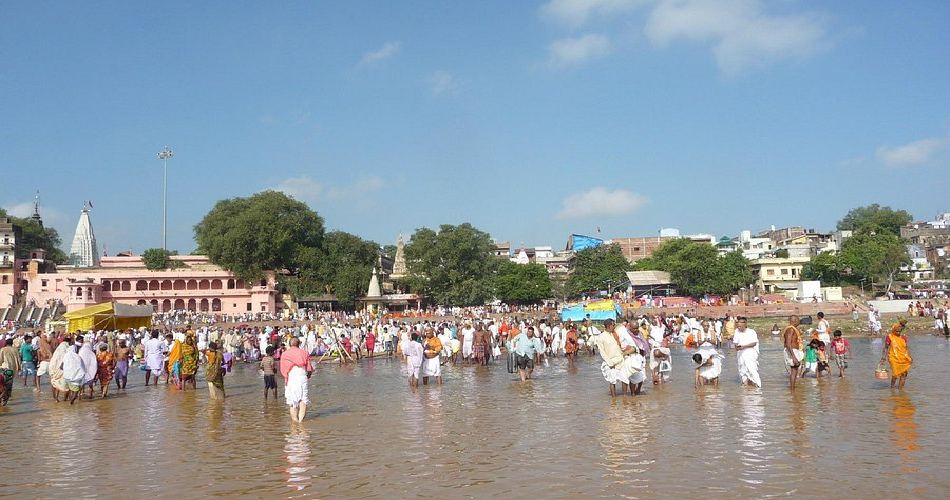
Here’s a thoughtfully crafted 3‑Day Travel Itinerary for exploring Gaya (including Bodh Gaya), with a detailed table listing attractions by popularity, average visit duration, and entry fees.
Day 1: Core Buddhist Pilgrimage
- 8:00 AM – 10:00 AM — Mahabodhi Temple & Bodhi Tree: Visit this UNESCO World Heritage site, meditate under the sacred tree.
- 10:15 AM – 11:15 AM — Great Buddha Statue: Admire the majestic sandstone-granite statue and its serene gardens.
- 11:30 AM – 12:15 PM — Thai Monastery (Wat Thai): Explore the golden-roofed monastery and beautifully maintained grounds.
- 12:30 PM – 1:30 PM — Lunch break.
- 1:45 PM – 2:30 PM — Chinese & Bhutanese Monasteries: Wander through their peaceful interiors and garden surroundings .
- 2:45 PM – 3:45 PM — Dungeshwari Caves: These are meditation caves where Buddha practiced before enlightenment.
- 4:00 PM – 5:00 PM — Sunset at Mahabodhi or meditation time in its serene precincts.
Day 2: Buddhist Exploration & Cultural Immersion
- 7:30 AM – 9:00 AM — Sujata Stupa & Muchalinda Pond: Lesser-known serene Buddhist sites.
- 9:15 AM – 10:15 AM — Bodhgaya Archaeological Museum: View ancient artifacts spanning 2nd century BCE – 11th century CE.
- 10:30 AM – 11:15 AM — Big Buddha Bell & Monasteries: A quick stop for photos and quiet reflection.
- 11:30 AM – 1:00 PM — Tibetan Refugee Market & Bodh Gaya Main Market: Shop for handicrafts, books, souvenirs.
- 1:00 PM – 2:00 PM — Lunch break.
- 2:15 PM – 4:00 PM — Pali Canon Library & Prayer Halls: Engage with local Buddhist culture.
- 4:15 PM – 5:30 PM — Enjoy meditation or evening chants at a monastery of your choice.
Day 3: Hindu Pilgrimage and Historic Gaya
- 7:00 AM – 8:00 AM — Vishnupad Temple & Falgu River: Visit the temple of Lord Vishnu with its 40 cm footprint and perform morning rituals.
- 8:00 AM – 9:00 AM — Pind Daan Area: Observe sacred ancestral rites on the ghats.
- 9:15 AM – 10:15 AM — Mangla Gauri Temple: Explore the hilltop Shakti shrine offering panoramic views.
- 10:45 AM – 11:15 AM — Rajendra Tower (Tower Chowk): Historic clock tower built between 1910–1914.
- 11:15 AM – 12:00 PM — Gaya Bazaar: Casual stroll and local shopping.
- 12:00 PM – 1:00 PM — Lunch.
- 1:30 PM – 3:00 PM — Barabar Caves: Venture ~30 km away for ancient rock-cut caves from Mauryan times.
- 3:30 PM – 4:30 PM — Return to Gaya, rest or shop.
- 4:30 PM – 5:30 PM — Farewell ritual or quiet reflection at Falgu ghats.

Gaya & Bodh Gaya Site Summary
| Place | Avg. Time | Entry Fee |
|---|---|---|
| Mahabodhi Temple & Bodhi Tree | 2 h | Free; ~₹50–100 for camera |
| Great Buddha Statue | 1 h | Free |
| Thai Monastery (Wat Thai) | 45 m | Free |
| Chinese & Bhutanese Monasteries | 30–45 m | Free |
| Dungeshwari Caves | 1 h | Free; travel cost applies |
| Sujata Stupa | 45 m | Free |
| Muchalinda Pond & Big Buddha Bell | 45 m total | Free |
| Archaeological Museum | 45 m | Modest ₹20–50 |
| Tibetan Refugee & Main Markets | 1 h | Free entry (shopping cost varies) |
| Vishnupad Temple | 1 h | Free (donations welcome) |
| Pind Daan Areas | 1 h | Nominal ritual fee |
| Mangla Gauri Temple | 45 m | Free |
| Rajendra Tower | 30 m | Free |
| Barabar Caves | 1 h | ~₹25; transport extra |
Why This Itinerary Works
- Balanced: Buddhist pilgrimage, Hindu rites, historic landmarks, cultural shopping, and contemplation time.
- Pace-friendly: Mix of early starts and relaxation breaks.
- Deep context: Includes lesser-known gems like Sujata Stupa, Muchalinda Pond, Tibetan market, enriching your experience.